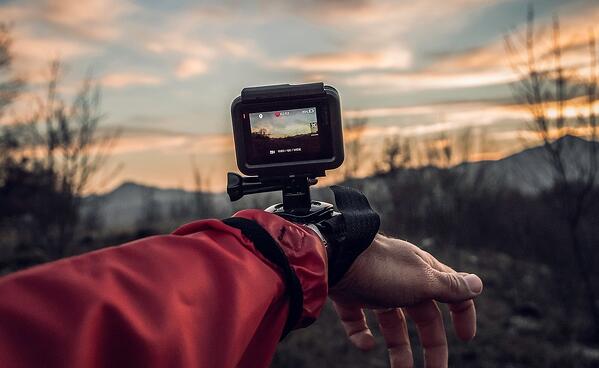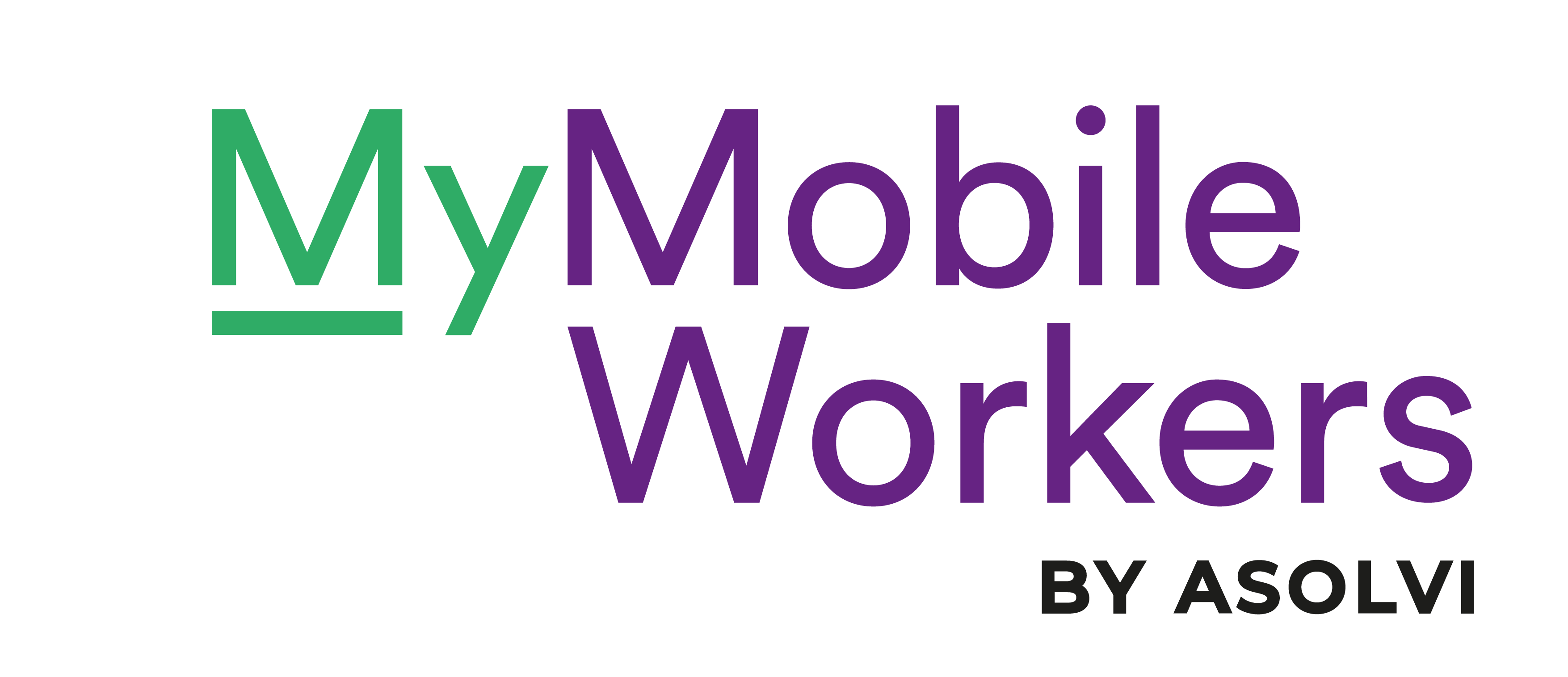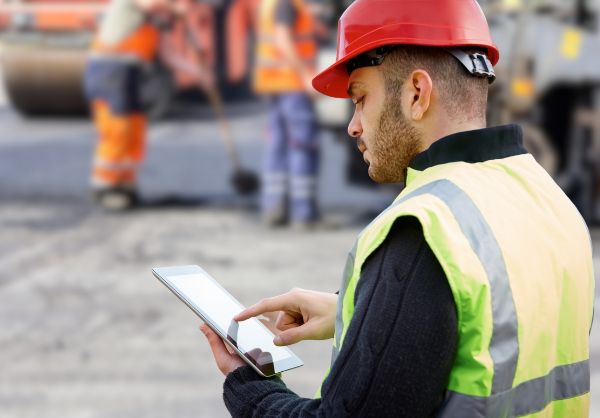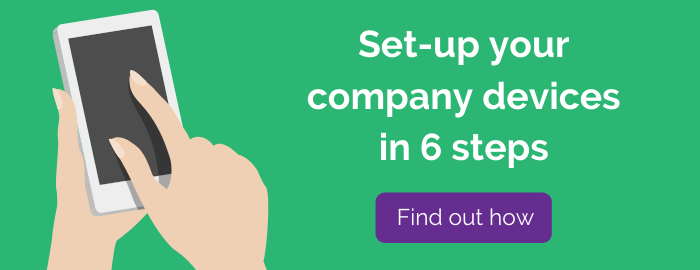Wearable technology has tremendous potential to improve and expand the business benefits that are provided to businesses by mobility.

The term ‘wearables’ refers to any kind of digitally connected device which is worn on the body - either as an accessory or integrated into clothing.
An increasingly common example is the chest-mounted video camera that many emergency workers are now wearing to record interactions with the public.
In the business environment, however, the potential of wearables has only just started to be explored. A 2016 global survey of 4,500 employees found only around eight percent used wearables at work.
Companies have not yet been convinced that the return on investment justifies the costs of equipping fieldworkers. But as technology improves and prices drop - this could quickly change.
The main areas of development for wearable technologies are:
Smartglasses
Initial attempts to market smartglasses as consumer devices proved unsuccessful but focus has since shifted to developing them for work purposes.
They have the potential to revolutionise mobile working, giving employees the ability to see images and schematics that are superimposed onto the environment using AR (augmented reality).
A new generation of smartglasses, such as the Vuzix Blade AR, have also ironed out many of the design complaints associated with the early Google Glass prototypes.
Smartwatch
Being able to access all work-related information via a device strapped to the wrists has many potential advantages for a mobile worker - particularly when any kind of manual tasks are being done.
But there are still some fundamental problems that stifle its effectiveness. Firstly, even advanced devices, such as the Samsung Gear S3, are heavily reliant on being connected to a smartphone.
Secondly, there’s the problem of how to access and input information when the display and touchscreen area is so small. Audio messages and commands can be used but it limits the utility of the device.
Body monitors
One area where wearables could have a major impact is worker safety. Integrating biometric sensors into workwear allows levels of alertness and fatigue to be accurately monitored.
A system such as SmartCap attaches to a hardhat or baseball cap to provide real-time data on an employee’s condition. If a driver is at risk of falling asleep at the wheel or in an unfit state to carry out hazardous tasks, an alert is triggered.
Similar kinds of systems are currently in development to monitor everything from back posture to air quality. A byproduct of a reduction in risks is improved productivity.
Wearable cameras
The type of chest mounted cameras that are commonly used by police and emergency services are increasingly finding their way into the business environment.
For mobile working, they can provide a record of items and services delivered. They can also help to provide reassurance for workers when dealing with members of the public.
Devices such as the Zepcam T1 Live bodycam allow footage to be live -streamed. It means that a manager can effectively see through the eyes of their employees - checking standards and providing expert advice.
In addition to these main focus areas, there’s a multitude of different types of workplace wearables that are currently being developed. These range from sensors in shoes that can monitor weights being lifted to an array of different ‘exoskeletons’ that help take the strain out of manual work.
As costs are reduced and the technology continues to improve, it seems only a matter of time before wearables start to become a standard part of any mobile worker’s kit.


